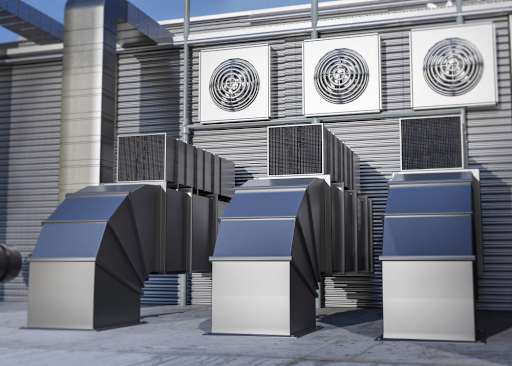Introduction
Air conditioner has revolutionized human comfort, reshaping the way we live, work, and interact with our environments. From its humble beginnings to today’s sophisticated systems, the evolution of air conditioning reflects both technological progress and societal demands for comfort and convenience.
Early Innovations: Pioneering Comfort
Ancient Roots
The quest for cooling dates back to ancient civilizations, where techniques like evaporative cooling were used to moderate indoor temperatures. Ancient Egyptians, for example, employed reed mats soaked in water to cool indoor air through evaporation.
Mechanical Ventilation
The Industrial Revolution ushered in new approaches to cooling, with the development of mechanical ventilation systems in the 19th century. These early systems relied on fans and ductwork to circulate air, providing some relief from heat but lacking the efficiency and precision of modern air conditioning.
The Birth of Modern Air Conditioning
Willis Carrier and the Birth of Cooling Science
In 1902, Willis Carrier introduced the world’s first modern air conditioning system. Developed to control humidity in a Brooklyn printing plant, Carrier’s invention marked a turning point in indoor climate control. By circulating air over coils cooled with chilled water, Carrier’s system not only regulated humidity but also lowered temperatures, laying the foundation for modern air conditioning technology.
Residential Cooling: Bringing Comfort Home
Following Carrier’s breakthrough, air conditioning gradually found its way into homes, initially as a luxury reserved for the wealthy. Early residential units were large, cumbersome, and expensive, limiting widespread adoption. However, advancements in compressor technology and refrigerants made air conditioning more accessible to the average household by the mid-20th century.
Technological Advancements: Enhancing Efficiency and Comfort
Refrigerant Innovations
The development of synthetic refrigerants, such as Freon, in the 1930s revolutionized air conditioning technology. These new compounds offered superior cooling properties while being less flammable and toxic than previous refrigerants, making them safer and more efficient for widespread use.
Energy Efficiency: Balancing Comfort and Sustainability
In response to growing concerns about energy consumption and environmental impact, the air conditioning industry has prioritized energy efficiency in recent decades. Innovations such as variable-speed compressors, smart thermostats, and improved insulation have significantly reduced the energy consumption of modern air conditioning systems, making them more sustainable without sacrificing comfort.
The Future of Air Conditioning: Innovations on the Horizon
Smart Technologies: Towards Intelligent Climate Control
Advancements in sensor technology, artificial intelligence, and machine learning are driving the development of smart air conditioning systems. These systems can adapt to occupants’ preferences, optimize energy usage, and even anticipate maintenance needs, providing unprecedented levels of comfort and efficiency.
Sustainable Cooling Solutions
With climate change exacerbating global temperatures and increasing demand for cooling, there is a growing emphasis on sustainable cooling solutions. Innovations such as evaporative cooling, solar-powered air conditioning, and district cooling systems offer promising alternatives to traditional air conditioning, reducing carbon emissions and mitigating environmental impact.
Conclusion
From ancient methods of evaporative cooling to cutting-edge smart technologies, the evolution of air conditioning has been marked by innovation and adaptation. As we continue to strive for comfort and sustainability in an increasingly warming world, the future of air conditioning promises to be both exciting and essential for our well-being. By embracing technological advancements and sustainable practices, we can create a world where cooling is not only comfortable but also compatible with the health of our planet.
